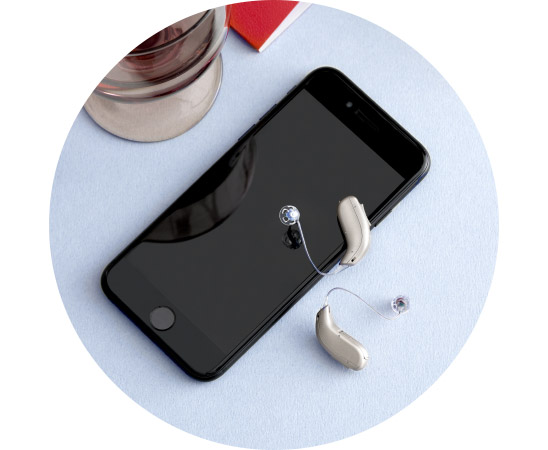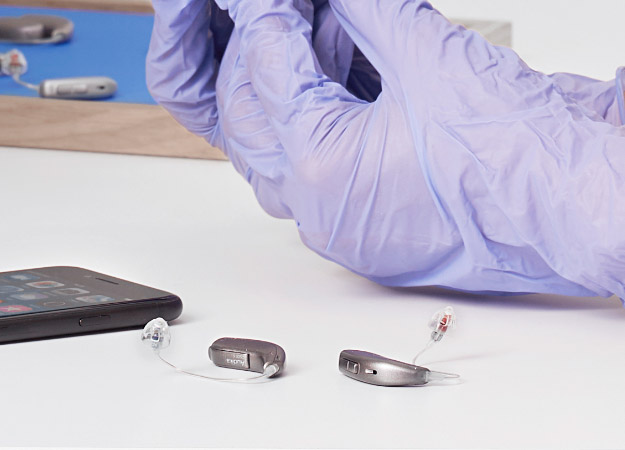Request a call back today
Fill in your contact details below to speak to one of our experts

Fill in your contact details below to speak to one of our experts
Resources for hearing aid users
On this page you can learn how to:
We usually recommend investing in new hearing aids every 3-5 years or if you recognise any of the following situations:
Hearing aid trial


You can order online new hearing aid batteries or domes.
Simply place your order online, and have them shipped right to your door.
Explore an assortment of high-tech hearing aid accessories, and learn how they can improve your hearing experience and enhance your hearing aid's performance.

When you have problems with your hearing aids, it can be difficult to know if your device needs an adjustment or a repair.
Using the link below, read about how to troubleshoot the most common issues with hearing aids. For assistance, you can call us at 0800 145 6067.